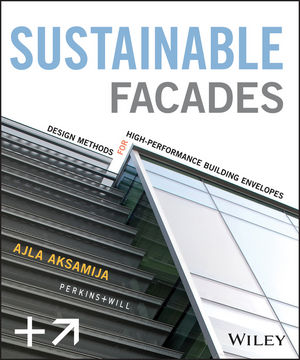Home to an expanding light-rail system, a thriving bike culture, a citywide recycling program, and a large number of LEED-certified buildings, Portland, Oregon, has long been known for its green sensibility. So it seems fitting that a government building there may soon be sheathed in a 200-foot-high living wall that would be visible from miles away.

The vegetated facade is part of a roughly $135 million overhaul planned for the Edith Green-Wendell Wyatt Federal Building. SERA Architects, a local firm, is working with the General Services Administration on retrofitting the building to make it more energy efficient. The 18-story structure was designed by Skidmore, Owings & Merrill and was completed in 1975.
Work is slated to begin this fall on the renovation, which is being funded by federal stimulus dollars. The overall project calls for a new radiant heating and cooling system, a rainwater harvesting system, and energy-efficient interior lighting. Moreover, shading devices will be added to the east and south facades.
The centerpiece of the plan, however, is the green wall on the building’s west side. While the design is in flux , early schemes show seven movable, vertical “fins” that stretch the length of the building. Planting boxes created from recycled coconut husks would be affixed to a steel framing system. The architects are working with Sharp & Diamond Landscape Architecture, based in Vancouver, on the plan.
Don Eggleston, AIA, president of SERA, says the living wall has aesthetic value, yet also aids greatly in mitigating solar gain. “The original thought was that vegetated fins could help maximize the shading in the hot afternoon suns,” he says. “ We are out to maximize our energy conservation.”
While the green wall has been highly publicized, the project team isn’t confident it will actually happen. Concerns regarding installation costs, possible performance issues, and maintenance have all been raised. “What we don't want to end up with is in 30 years having to do this all over again,” says Kevin Kampschroer, director of the GSA’s Office of Federal High-Performance Green Buildings. If the green wall is nixed, Kampschroer says they intend to employ another shading strategy.


